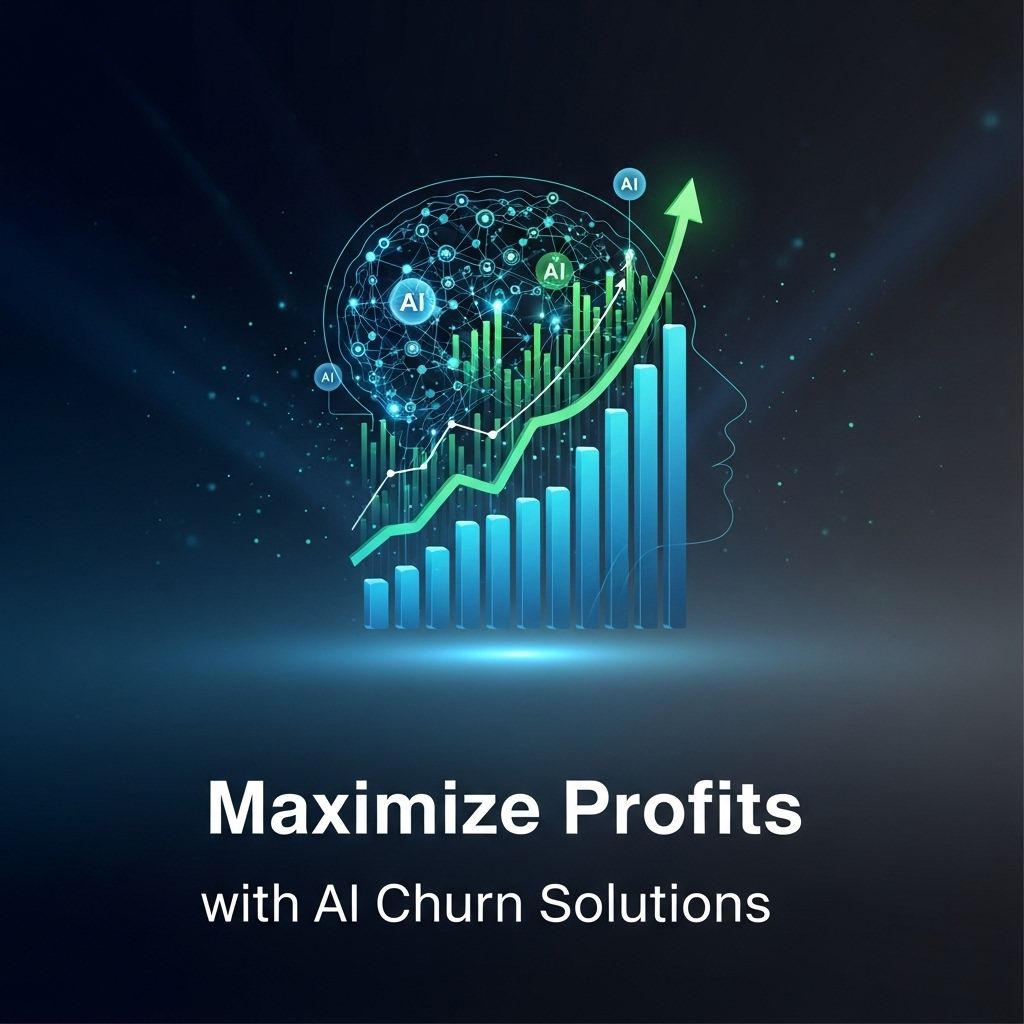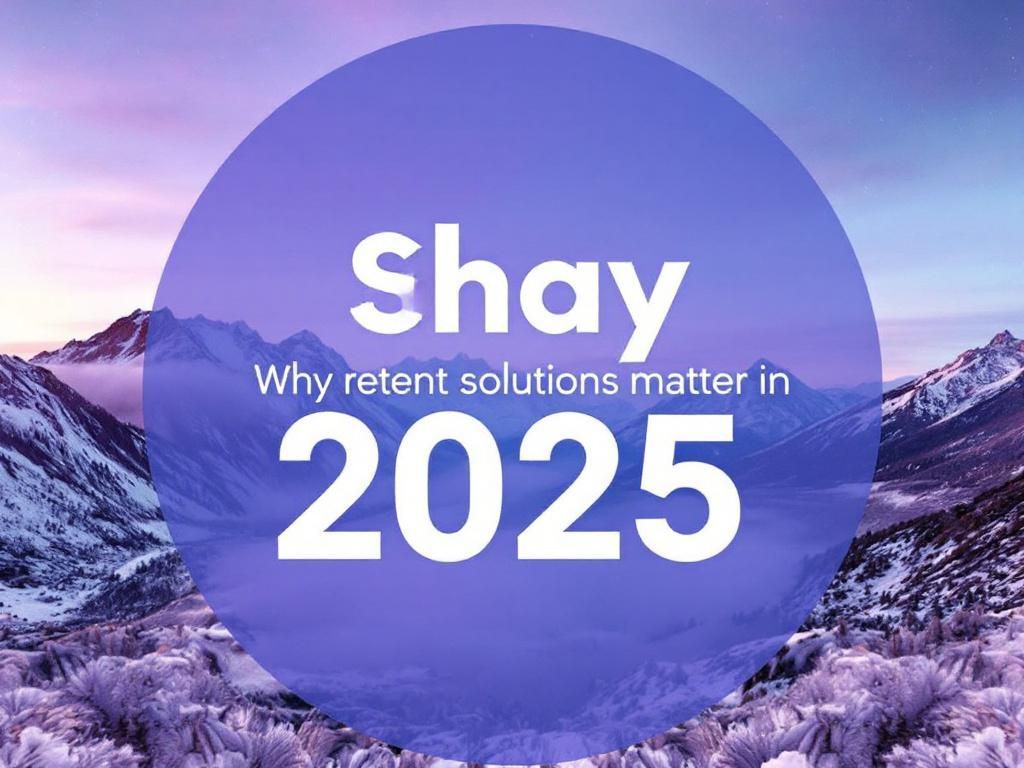Maximize Profits with AI Churn Solutions
Discover how AI-driven churn solutions can help businesses maximize profits by reducing customer turnover and enhancing retention strategies.

In the dynamic landscape of business, where customer retention often proves to be more lucrative than acquisition, companies are increasingly turning to artificial intelligence to enhance their churn management strategies. With sophisticated algorithms and predictive analytics at their disposal, businesses can identify at-risk customers and implement targeted interventions to minimize attrition. This article delves into the ways AI can be leveraged to maximize profits through effective churn solutions.
Table of Contents
The Importance of Churn Management
Churn rate, or customer attrition rate, is a critical metric that can significantly impact a company’s bottom line. Understanding why customers leave can provide valuable insights, allowing businesses to not only retain existing customers but also attract new ones. Key reasons behind customer churn include:
- Price sensitivity
- Poor customer service
- Lack of engagement
- Better offers from competitors
Understanding AI in Churn Prediction
Artificial intelligence encompasses a variety of technologies, including machine learning, natural language processing, and data analytics, all of which can be utilized to predict customer behavior. By analyzing vast amounts of data, AI tools can provide insights that were previously impossible to obtain. Here are several components of AI-driven churn solutions:
Machine Learning Models
Machine learning models are at the heart of predictive analytics in churn management. These models can analyze historical data to identify patterns and signals that may indicate a customer’s likelihood to churn. Common models include:
- Logistic Regression
- Decision Trees
- Random Forests
- Neural Networks
Data Sources for Churn Analysis
AI solutions can incorporate data from various sources, enhancing the accuracy of churn predictions. Key data points include:
| Data Source | Description |
|---|---|
| Transactional Data | Details of customer purchases and interactions |
| Customer Feedback | Surveys, reviews, and direct feedback from customers |
| Engagement Metrics | Usage frequency, session duration, and feature interactions |
| Demographic Information | Age, location, and interests of customers |
Strategies for Reducing Churn with AI
Once a business has a predictive model in place, the next step is to implement targeted strategies to reduce churn. Here are several effective strategies:
1. Personalized Customer Engagement
Utilizing customer data, businesses can create personalized experiences that resonate with individual preferences. Examples include:
- Customized product recommendations
- Tailored marketing messages
- Special offers based on previous purchases
2. Proactive Customer Support
AI can help identify customers who may need support before they express dissatisfaction. Solutions include:
- Chatbots for 24/7 assistance
- Automated follow-ups after support tickets
- Predictive alerts for service disruptions
3. Loyalty Programs
AI can enhance loyalty programs by analyzing which rewards resonate most with customers, leading to more effective campaigns. Benefits of AI-driven loyalty programs include:
- Targeting high-value customers
- Customizing rewards based on behavior
- Maximizing customer lifetime value (CLV)
Measuring the Impact of AI Churn Solutions
To maximize profits, businesses must assess the effectiveness of their AI-driven churn solutions regularly. Key performance indicators (KPIs) to monitor include:
- Churn Rate: The percentage of customers who stop using the service.
- Customer Lifetime Value (CLV): The total revenue a business can expect from a customer throughout their relationship.
- Net Promoter Score (NPS): A measure of customer satisfaction and loyalty.
Case Studies: Success Stories Utilizing AI in Churn Management
Several companies have successfully implemented AI-driven solutions to reduce churn. Here are some noteworthy examples:
Case Study 1: Telecom Industry
A leading telecom provider used machine learning algorithms to analyze customer data and predict churn. By identifying at-risk customers, they deployed targeted retention strategies, which resulted in:
- A 20% reduction in churn rate
- Increased customer satisfaction scores
Case Study 2: Subscription Services
A popular streaming service utilized AI to assess user engagement and personalize content recommendations. The outcome included:
- A 15% increase in subscriber retention
- Higher average watch time per user
The Future of AI in Churn Management
As technology continues to evolve, so too will the capabilities of AI in managing customer churn. Future developments may include:
- Advanced sentiment analysis through natural language processing
- Improved predictive models with real-time data
- Greater integration of AI with customer relationship management (CRM) systems
Conclusion
AI-driven churn solutions present a powerful opportunity for businesses to enhance customer retention strategies and maximize profits. By leveraging predictive analytics, personalized engagement, and proactive support, organizations can effectively manage churn and cultivate long-lasting customer relationships. As AI technology advances, those who adopt these innovative solutions are likely to lead the way in customer-centric business strategies.
FAQ
What are AI churn solutions?
AI churn solutions are advanced technologies that utilize artificial intelligence to analyze customer behavior and predict potential churn, enabling businesses to take proactive measures to retain customers.
How can AI help reduce customer churn?
AI can help reduce customer churn by identifying at-risk customers through data analysis, providing personalized recommendations, and automating engagement strategies to enhance customer satisfaction.
What industries can benefit from AI churn solutions?
Industries such as telecommunications, finance, e-commerce, and SaaS can significantly benefit from AI churn solutions by improving customer retention and increasing profitability.
What metrics should I track to measure churn effectively?
Key metrics to track include customer retention rate, customer lifetime value (CLV), net promoter score (NPS), and the churn rate itself to effectively measure and analyze churn.
How do I implement AI churn solutions in my business?
Implementing AI churn solutions involves integrating AI tools with your existing CRM systems, training staff on how to use the technology, and continuously monitoring and adjusting strategies based on AI insights.
What is the ROI of using AI churn solutions?
The ROI of using AI churn solutions can be significant, as retaining existing customers is often more cost-effective than acquiring new ones, leading to increased revenue and improved overall business performance.






